Mumbai's real estate sector is currently facing challenge because of the unexpected surge in Slum Transferable Development Rights (TDR) rates. Over the past six months, areas such as Mulund and Borivali have witnessed a dramatic escalation in TDR rates, impacting profit margins and throwing construction timelines into disarray for ongoing projects.
The sudden spike in TDR rates has caught developers off guard, with Mulund experiencing an astounding increase from ₹3,500 per square foot to ₹6,000, while Borivali has seen a similar rise from ₹3,000 per square foot to ₹5,700 during the same period. This unprecedented surge in TDR rates has created a ripple effect throughout Mumbai's real estate landscape, posing formidable challenges to developers and stakeholders alike.
This surge in TDR rates couldn't have come at a worse time for Mumbai's real estate sector, which is already grappling with heightened activity due to the upcoming general and state elections, as well as stringent regulatory deadlines imposed by the Real Estate (Regulation and Development) Act (RERA). The resultant surge in demand for TDR has exacerbated an already precarious situation, putting immense pressure on developers to meet escalating costs and adhere to project timelines.
The repercussions of this surge are manifold. Escalating construction costs, coupled with project delays, are squeezing developers' profit margins, raising concerns about the financial viability of ongoing projects. With every passing day, the specter of these escalating costs being passed on to homebuyers looms larger, further exacerbating the affordability crisis in Mumbai's housing market.
Despite the recent release of 30,000 square meters of fresh TDR into the market, there are currently no takers due to the inflated rates. Developers are understandably hesitant to purchase TDR at double the previous rates, fearing it would not only erode their profit margins but also undermine the financial feasibility of their projects.
In response to the volatile TDR market, developers are actively exploring alternative avenues to circumvent the need for TDR purchases. Options such as permanent transit camps and cluster development are gaining traction as viable alternatives to mitigate the impact of the TDR crisis and ensure the continuity of development projects.
As the market grapples with a severe supply shortage, developers are urging the government to intervene by releasing more TDR into the market and rationalizing rates. Such proactive measures are essential to restore equilibrium and stability to the real estate market, fostering sustainable growth and ensuring a conducive environment for both developers and homebuyers alike.
The volatility in the TDR market poses significant long-term challenges for Mumbai's real estate sector. However, with proactive intervention and collaborative efforts between stakeholders and policymakers, the industry can navigate through these turbulent times and emerge stronger on the other side.
Cover image-economist.com

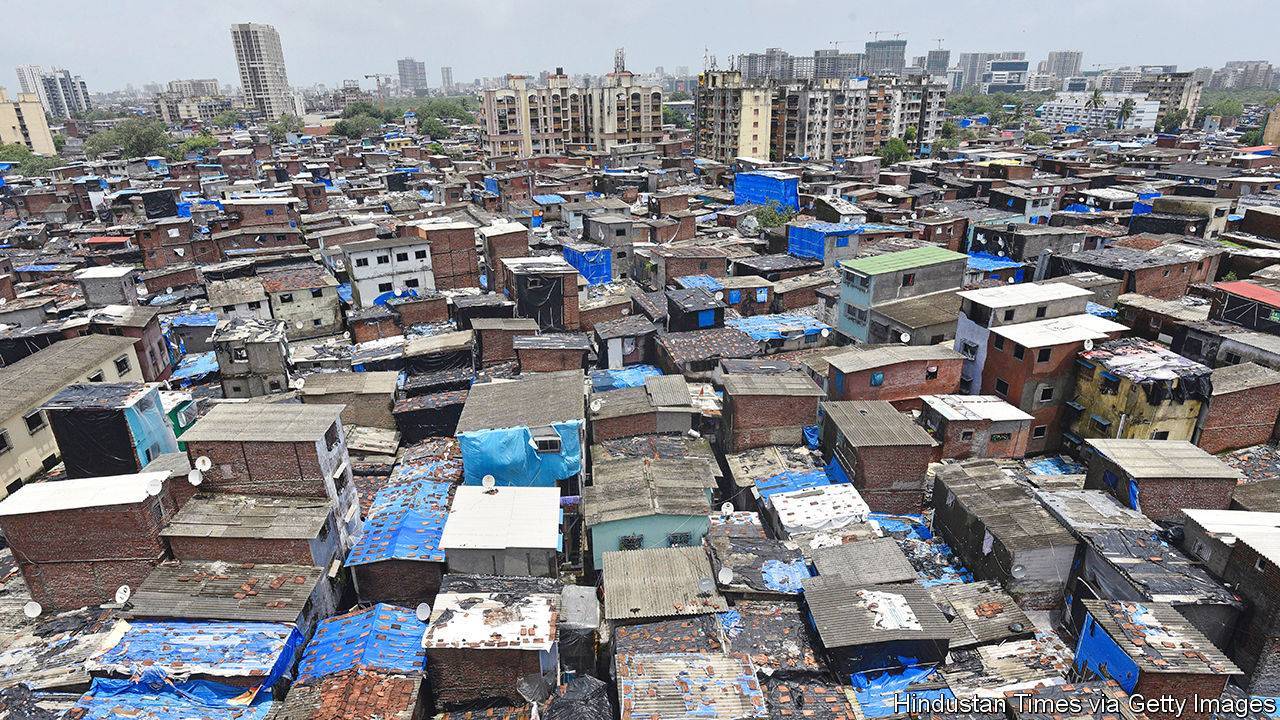
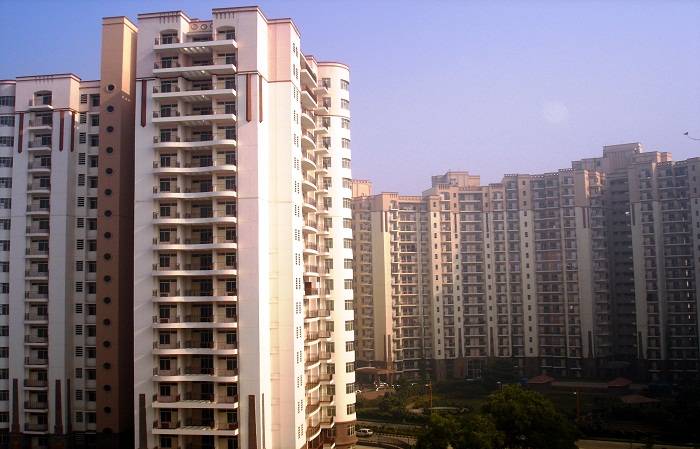
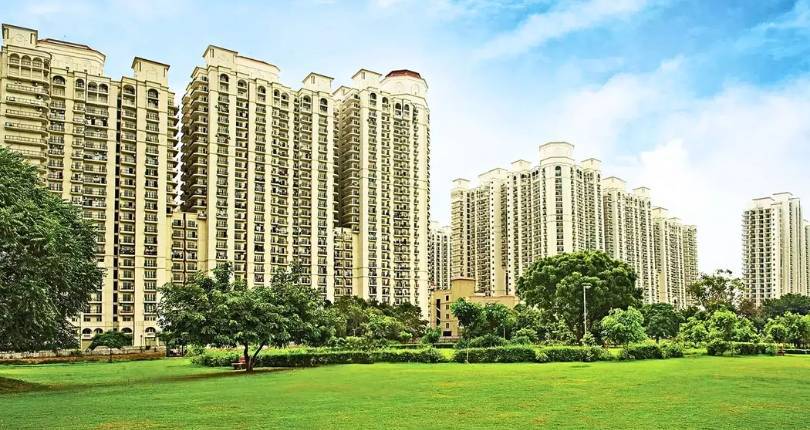

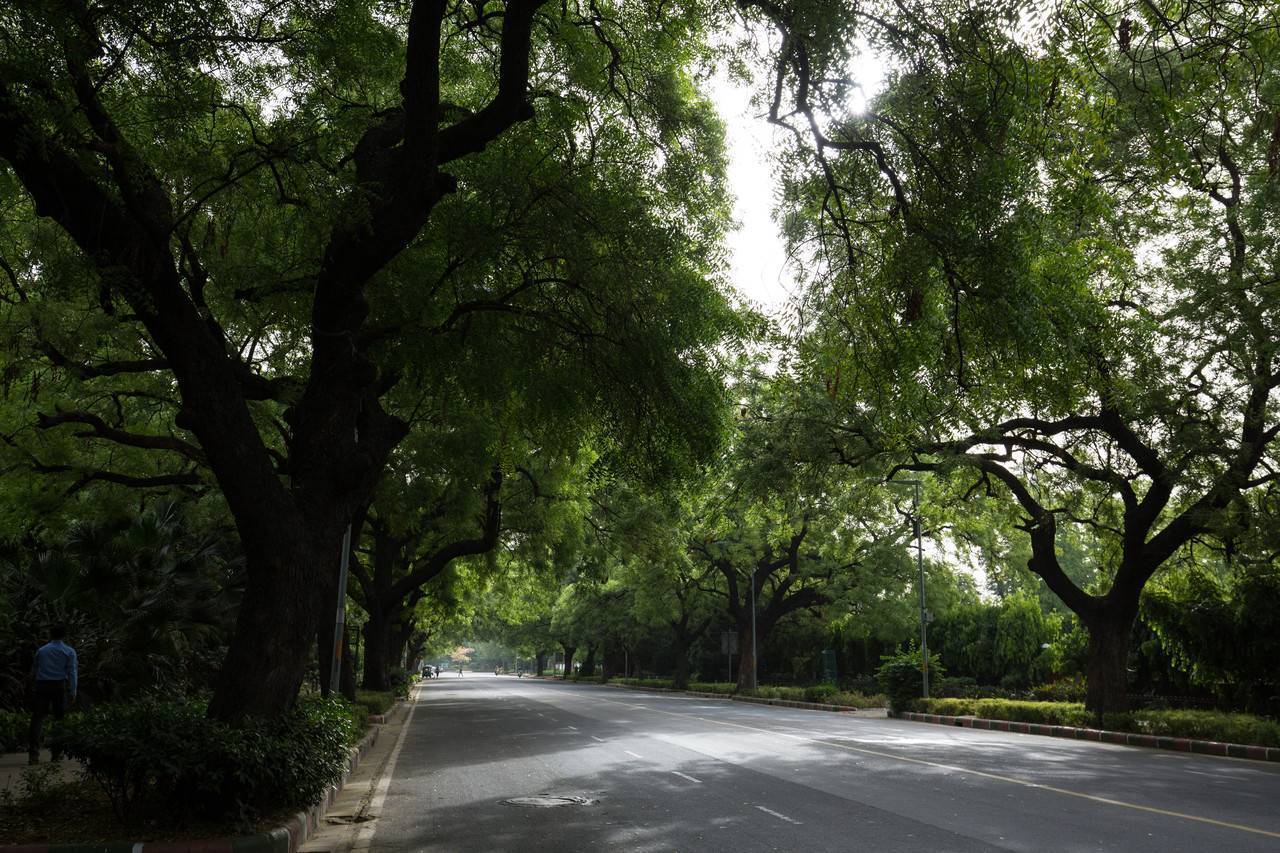
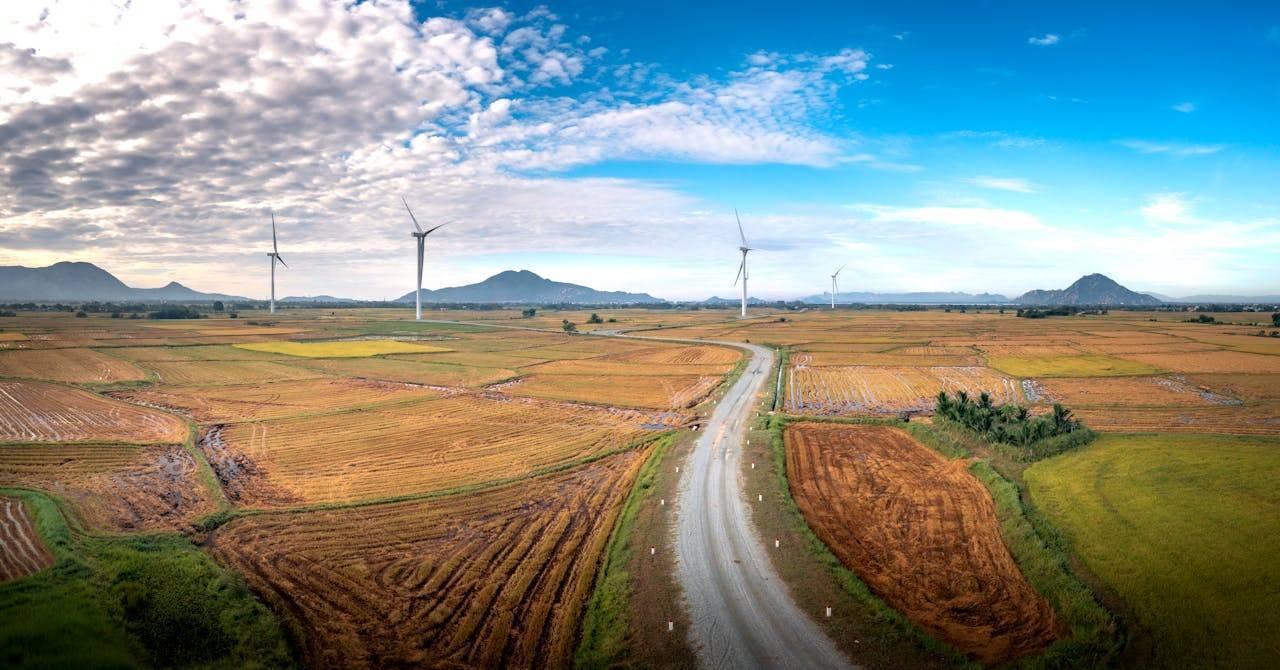


.png)